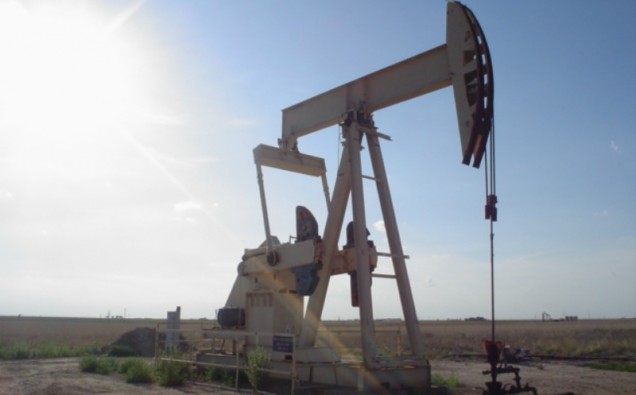
The boom in oil production in recent years that helped industrial consumers and citizens save money is likely to fall back to lower levels, causing prices to soar next year.
With the Organization of the Petroleum Exporting Countries (OPEC) working to limit oil production after a long period of unrestrained output, and lower prices, the World Bank has predicted a raise in crude oil prices to $55 per barrel from $53 per barrel.
The Bank says energy prices, which include oil, natural gas and coal, are projected to jump almost 25 percent overall next year, a larger increase than anticipated in July.
The World Bank’s latest quarterly published Commodity Markets Outlook views oil prices as expected to average $43 per barrel in 2016, unchanged from the July report.
“We expect a solid rise in energy prices, led by oil, next year,” said John Baffes, Senior Economist and lead author of the Commodity Markets Outlook. “However, there is considerable uncertainty around the outlook as we await the details and the implementation of the OPEC agreement, which, if carried through, will undoubtedly impact oil markets.”
The Outlook envisions a modest recovery for most commodities in 2017 as demand strengthens and supplies tighten.
“Metals and minerals prices are expected to rise 4.1 percent next year, a 0.5 percentage point upward revision due to increasing supply tightness. Zinc prices are forecast to rise more than 20 percent following the closure of some large zinc mines and production cuts in earlier years. Gold is projected to decline slightly next year to $1,219 per ounce as interest rates are likely to rise and safe haven buying ebbs.”
Releasing the news, the Bank said agriculture prices are expected to increase 1.4 percent in 2017, slightly less than expected in July, as food prices are projected to climb more gradually than anticipated (1.5 percent) and beverage prices are seen dropping by a greater extent (0.6 percent) on expectation of a large coffee output. Among food prices, grains prices are forecast to rise a steeper-than-anticipated 2.9 percent next year, while oils and meals prices are anticipated to rise a slower-than-expected 2 percent.
“Low commodity prices hit commodity-exporting emerging and developing economies hard but now appear to have bottomed out,” said Ayhan Kose, Director of the World Bank’s Development Prospects Group. “Growth in this group of economies is expected to be near zero for the year. Where feasible, policymakers should pursue growth-enhancing strategies, such as investments in infrastructure, health and education, in the context of a credible medium-term fiscal plan.”
















